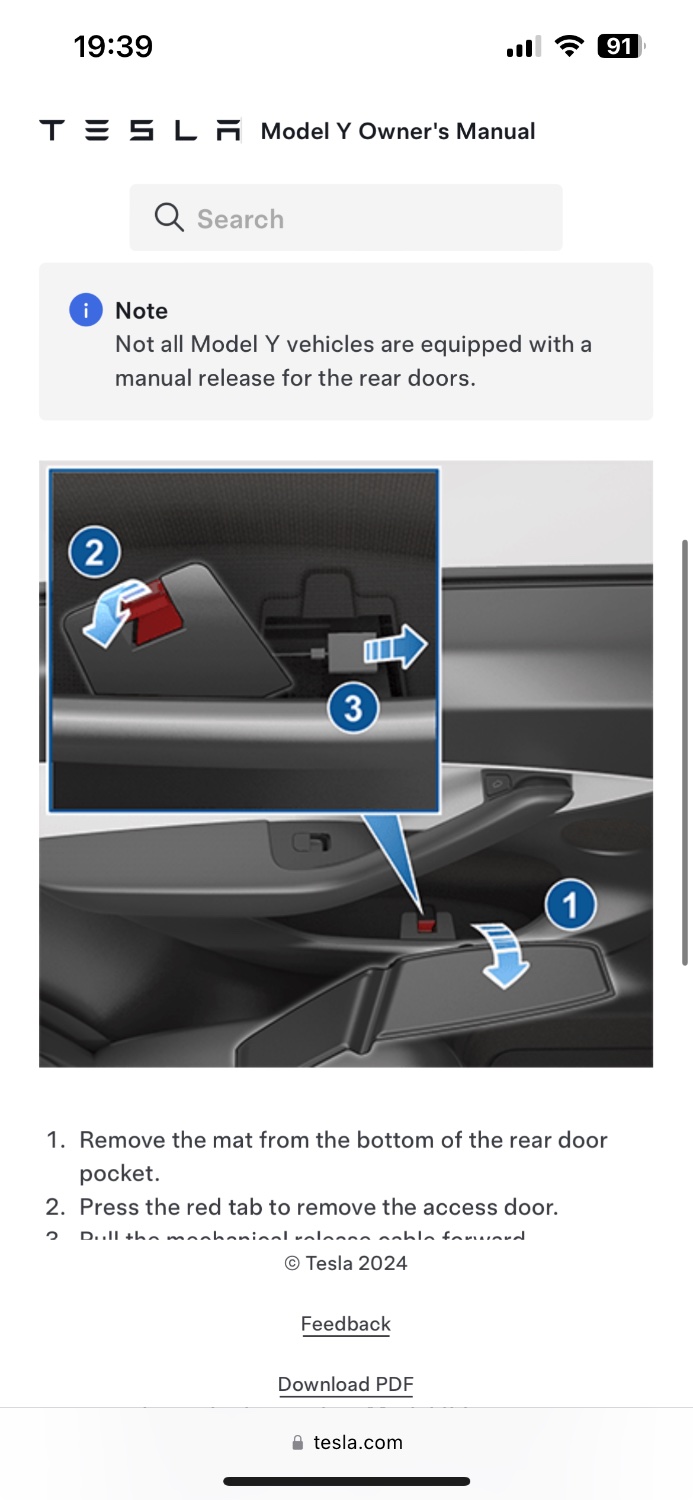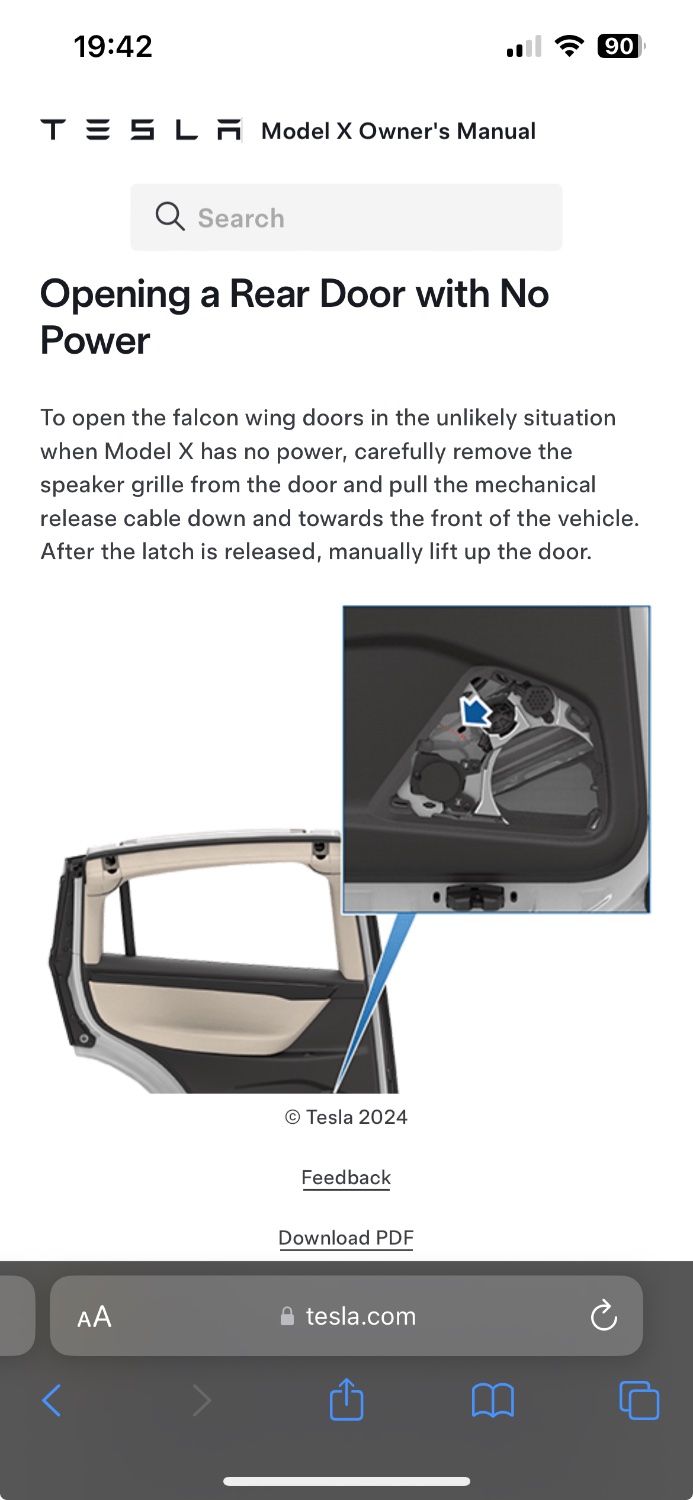

I’m going to upvote you for providing the viewpoint that models which have the manual releases hide them to prevent damage occurring from someone who instinctively pull on it to open the door. In the case of young children, they won’t know enough to not do the same thing they would do in other vehicles to open the door.
However, obscuring them from view also means they’re at high risk in the event of an accident which kills the power. Trying to calmly walk a child through the steps may not work. I don’t know how much force is needed for some of the release latches (and I’ll assume not a lot is required).










Having worked in classified areas, both as an admin and an unprivileged user, CDs were normally the method of transferring data up the network. (Transferring down rarely occurred, and even then you’d be limited to plaintext files or printouts.)
I’ve seen more places use data diodes to perform one- or two-way transfers so that requests can be streamlined and there’s no loose media to worry about tracking. It’s not super fast and higher speeds mean more expensive equipment, but it covers 98% of software update needs, and most non-admin file transfers were under 20MB anyways.
Anything that did require a USB drive, like special test equipment (STE) or BIOS updates, had to use a FIPS-140-1 approved drive that offered a ready-only mode via PIN. This drive could only be written to from a specific workstation that was isolated from the rest of the machines (where data was transferred via CDs of course) and required two persons to perform the job to ensure accountability.
Not the most time-efficient way of doing things, and not completely bulletproof, but it works well enough to keep things moving forward.